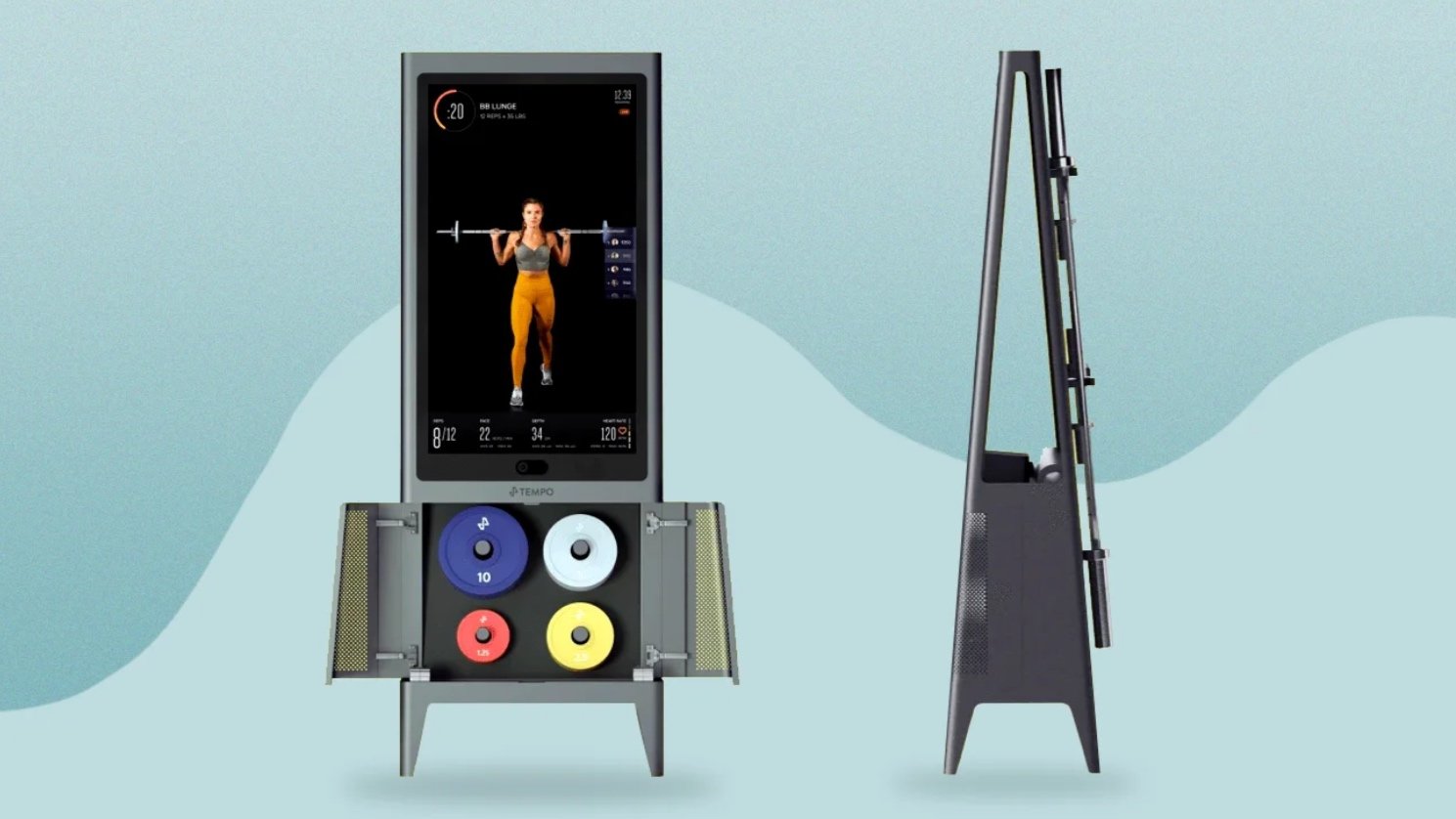A typical Peloton ride can burn between 400 to 1000 calories. The exact amount depends on the workout’s intensity and the rider’s weight and fitness level.
Engaging in a Peloton workout offers a dynamic and immersive cycling experience, promising an effective way to burn calories and improve cardiovascular health from the comfort of your home. With an array of classes ranging from high-intensity interval training (HIIT) to endurance rides, Peloton provides an adaptable platform for both beginners and seasoned athletes.
The cutting-edge technology and real-time performance tracking encourage riders to push their limits and monitor their progress. As you clip into the pedals of a Peloton bike, you’re not just committing to a calorie-burning session but embarking on a journey towards a healthier lifestyle, where each ride can be tailored to your personal fitness goals and preferences.

Credit: www.bicycling.com
Calorie Burn On Peloton: The Basics
Shedding calories during a Peloton ride is a vigorous affair. Riders often wonder about the number of calories they burn. The Peloton bike itself provides an estimate, but several factors come into play. Understanding these factors can help riders set realistic fitness goals and track their progress meticulously.
Factors Influencing Caloric Expenditure
Not all rides are equal when it comes to burning calories. Multiple aspects affect the number:
- Intensity: Higher resistance and faster pedaling increase burn.
- Duration: Longer rides equal more calories torched.
- Body Composition: More muscle burns more calories, even at rest.
- Weight: Heavier individuals expend more calories.
Peloton’s Estimation Vs. Reality
Peloton bikes come with built-in metrics to estimate calorie burn. Yet, these numbers aren’t always spot on. Personal factors lead to discrepancies. A heart rate monitor can provide a clearer picture.

Credit: theclipout.com
Demystifying Caloric Metrics On Peloton
When you mount your Peloton bike, you’re not just stepping into a workout; you’re diving into a sea of data. One number that stands out is the calorie count. This metric is a key factor in tracking fitness progress. It helps plan meals and manage weight. But how can you trust these numbers? Let’s pull back the curtain and reveal what goes into Peloton’s caloric computations.
Understanding The Peloton Calorie Algorithm
First things first, let’s break down how Peloton estimates calories burned. Peloton combines your workout’s intensity with your personal data. This includes your weight, age, and heart rate. It uses an algorithm, or a set of rules, to calculate the burn. This mix ensures that every rider gets a personalized calorie count.
- Intensity: Measured by your resistance, speed, and duration.
- Personal data: Your profile information tailors the calculation.
- Heart rate: An optional but accurate measure of effort.
Accuracy Of The Bike’s Metrics
Many ask, “Is the calorie count accurate?” Simply put, it’s close but not perfect. Peloton bases its metric on general formulas and user inputs. Mistakes in inputting data lead to mistakes in calorie counts. Using a heart rate monitor can improve the count’s accuracy.
| Factors Influencing Accuracy | How to Improve | Expected Outcome |
|---|---|---|
| User Data | Ensure your profile is up-to-date | More Tailored Calculations |
| Effort Input | Connect a heart rate monitor | Enhanced Precision |
In summary, the figures show an estimate. Keep data fresh and consider additional tools for best results. Trust in Peloton’s ability to offer a guiding figure while you ride toward your fitness goals.
Variables Affecting Your Peloton Workout
Ever wonder why some Peloton rides seem to torch calories while others don’t? The answer lies in a few key variables. They can make or break the number of calories you burn.
Impact Of Resistance And Cadence
Resistance is your ride’s difficulty level, set on the bike. Cadence refers to pedal speed. Both greatly affect calorie burn. More resistance and quicker cadence mean more work. And more work means more calories gone!
Think of it like this:
- Low resistance + high cadence = endurance training
- High resistance + low cadence = strength workout
Blend resistance and cadence for the best calorie burn.
Role Of Duration And Intensity
Workout length matters. Longer rides can burn more calories. But intensity also plays a part. Hard efforts can lead to a higher burn, even in short workouts.
Intensity options include:
- Interval training
- Climbs
- Speed bursts
Mixing these into your Peloton routine can spike your calorie burn.
Weight And Fitness Level Considerations
Your weight and fitness level can affect calorie burn. Here’s why:
Heavier individuals use more energy to move. So, they often burn more calories. Fitter people may burn less in the same workout. This is because their bodies work more efficiently.
Remember, these numbers also depend on personal metabolic rate. That’s how fast your body uses energy.

Credit: www.nytimes.com
Comparative Analysis Of Peloton Rides
Welcome to a deep dive into the world of Peloton and the calories it can help you burn. Whether you’re a seasoned cyclist or new to the experience, understanding how your body benefits from different Peloton classes is key. Read on for a comparative analysis that will help you make informed choices about your fitness journey with Peloton.
Calories Burned In Different Peloton Classes
Peloton offers a wide range of classes, each with its unique intensity levels. The calories you burn can vary depending on the class you choose. To give you a better idea, let’s break down the caloric burn across several popular Peloton class types.
| Class Type | Average Calories Burned |
|---|---|
| 20-minute Beginner Ride | 150-200 calories |
| 30-minute High-intensity Ride | 250-350 calories |
| 45-minute Tabata Ride | 400-700 calories |
| 60-minute Endurance Ride | 500-800 calories |
Your weight, effort level, and fitness goals play a role in the number of calories burned. Also, ride type affects calorie burn. High-intensity classes often lead to a higher burn due to increased heart rate.
How Peloton Stacks Up Against Other Workouts
Peloton workouts are often compared with other fitness activities. It’s important to note that Peloton can hold its own in the fitness world.
- Running: A 30-minute jog can burn around 280-400 calories.
- Swimming: Vigorous swimming for 30 minutes can burn up to 300 calories.
- Yoga: A 30-minute yoga session averages about 150-200 calories burned.
Peloton rides come out strong, with even the beginner classes matching or exceeding workouts like yoga or light jogging. In the face of more intense exercises like running or swimming, Peloton’s high-intensity rides offer a comparable calorie burn, proving their effectiveness for weight loss and fitness improvements.
Maximizing Calorie Burn On Peloton
Peloton rides offer an efficient way to burn calories. You can elevate your calorie burn per ride. It’s not just about pedaling hard. Clever strategies enhance your workouts.
Tips For More Effective Workouts
Bold moves lead to more calories burned. Let’s make every Peloton ride count.
- Pre-ride preparations: Warm up to ensure your body is ready.
- Set objectives: Aim for specific goals during your workout.
- Use metrics: Monitor your performance using Peloton’s inbuilt features.
- Resistance levels: Adjust them regularly to challenge your body.
- Vary workouts: Mix up your rides with intervals and hill climbs.
- Stay consistent: Regular rides lead to better fitness and more calories burned.
Integrating Peloton Into A Weight Loss Plan
Peloton rides can be a key part of a weight loss journey. Consistent riding and a good diet matter.
| Step | Action | Result |
|---|---|---|
| 1 | Set a schedule | Build a regular workout routine |
| 2 | Balanced diet | Support your exercise with proper nutrition |
| 3 | Track progress | Stay motivated as you see results |
Combine Peloton rides with tracking your calorie intake. Join the community for support.
Remember: Consult a professional before changes to your fitness routine.
Real User Data And Testimonials
Engaging with real-world experiences adds depth to discussions about the caloric impact of Peloton rides. Real user data and testimonials offer insight into what riders are truly burning during their workouts. These user-shared stories highlight the personal achievements and help set realistic expectations for newcomers.
Success Stories From Peloton Riders
Every fitness journey is unique, and Peloton riders are keen to share their victories. Here are a few success stories that inspire:
- Jessica M. – “In six months, I’ve dropped 20 pounds. Peloton was a game-changer!”
- Aaron P. – “Peloton pushed me to burn around 700 calories each ride. I feel amazing!”
- Karen S. – “I track my rides with a heart monitor. I average 500 calories a session!”
Common Misconceptions Addressed
Let’s clarify a few points about Peloton and calories burned:
| Misconception | Reality |
|---|---|
| All rides burn the same calories. | Rides vary, and so do caloric burns. It depends on intensity, duration, and individual metabolic rates. |
| Heavier resistance equals more calories burned. | Not necessarily. Cardio output, not just resistance, influences calorie expenditure. |
| Calorie estimates by the bike are always accurate. | These are estimates. Personal trackers provide personalized data for more accuracy. |
Frequently Asked Questions Of How Many Calories Does Peloton Ride Burn
Is Peloton Good For Losing Weight?
Yes, Peloton can be effective for weight loss when combined with a healthy diet and regular use of their workout programs. Consistent exercise on Peloton burns calories, aiding in weight management.
How Many Calories Do You Burn On Peloton?
The calories burned on a Peloton bike vary but average around 400-700 calories per hour, depending on the intensity of the workout and individual factors such as weight.
Is 20 Minutes A Day On Peloton Enough?
Yes, 20 minutes daily on a Peloton can be sufficient for maintaining fitness, especially if workouts are intense and consistent. Short, high-intensity sessions can effectively boost cardiovascular health and burn calories.
Is A 30 Minute Peloton Ride Enough?
A 30-minute Peloton ride can provide a sufficient workout, contributing to cardiovascular fitness and calorie burning. Regular short sessions complement an active lifestyle effectively.
Conclusion
Wrapping up, Peloton rides offer a powerful calorie-burning experience, tailored to your effort and duration. Remember, individual results vary based on intensity and personal metrics. Stay consistent and enjoy the journey towards your fitness goals with every pedal stroke on the Peloton.
Keep riding, keep burning.



